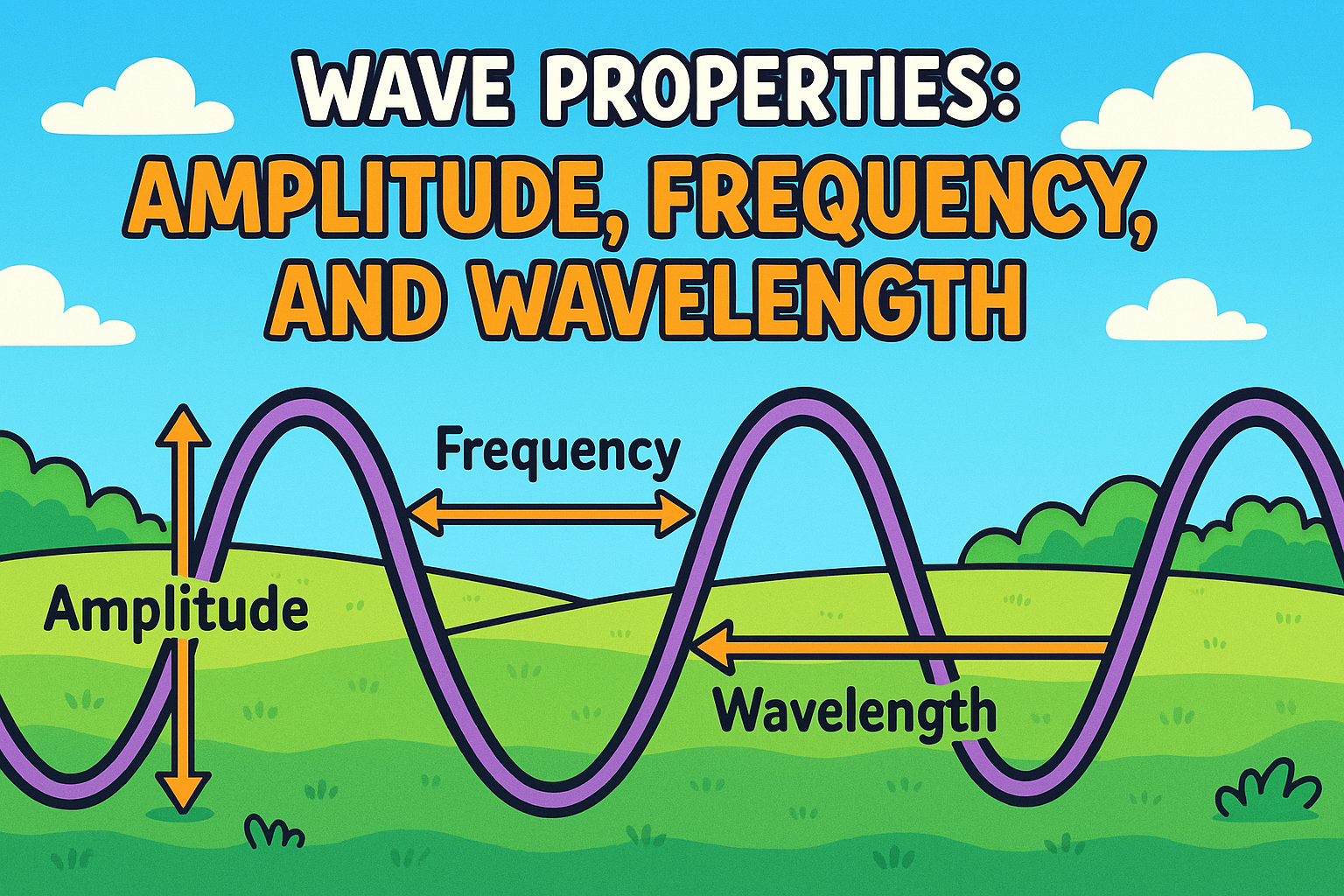Wave Properties: Amplitude, Frequency, and Wavelength (Q&A)
Q & A - Wave Properties: Amplitude, Frequency, and Wavelength
Waves are all around us—whether it’s light from the Sun, sound from a speaker, or even signals from a mobile phone. In science, these waves have special properties that help us describe how they behave. The most important ones are amplitude (how tall the wave is), frequency (how fast the wave vibrates), and wavelength (how long the wave is). These are called wave properties, and understanding them gives children a clearer picture of how the world works.
This topic might sound a bit complicated at first, but I’ve broken it down into clear, everyday language. You don’t need to be a physics expert—this Q&A will help you support your child’s learning at home with confidence. I’ve included real-life examples, simple definitions, and thoughtful discussion questions you can explore together. You’ll even find some ideas for creative follow-up activities to make learning more memorable. Whether you’re chatting at the kitchen table or out on a walk, wave properties are a great way to explore science in a hands-on, practical way.
This topic is part of our Info Zone collection. You can read the full topic, once logged in, here: Wave Properties: Amplitude, Frequency, and Wavelength
You’ll also find a full Lesson Plan and a handy Parent Q & A sheet, for this topic, ready to use..
Members Only
You need to be registered and logged in to access this Q and A sheet and all other learning resources, games and quizzes.
